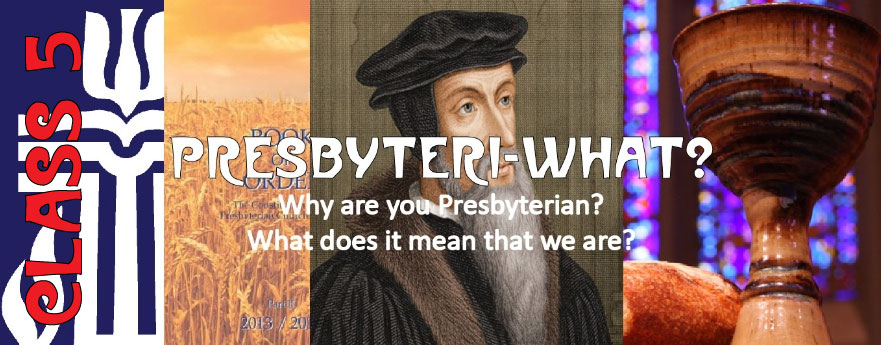DISCIPLINE. It’s the theological word we use to describe the community wide responsibility of the church for sharing faithful Christian life. It’s not just an extraordinary action when someone steals from the church, commits an egregious sexual sin, or stubbornly remains unrepentant in a drastic relational division. It’s first and foremost about holding each other mutually accountable to live out the faith we claim and to live into the new life to which Jesus resurrects us. It’s individual and communal. It’s for clergy and lay people. It’s for all of us.
In the Second Testament the word “discipline” comes from παιδεύω or paideuó which is a verb meaning (a) to discipline, educate, train, (b) more severely: to chastise. The root of the word is país, which means “a child under development with strict training”. The verb thus carries the connotation of properly training up a child so that they mature and realize their full potential. From the Biblical beginnings of our faith, through the language of the Greco-Roman world, discipline means not so much to punish and castigate as to educate, shape and move towards greater maturity. It’s more about who we are than what we do.
In the First Testament, we hear of God’s anger and punishing justice, but we also hear repeatedly that “The Lord is merciful and gracious, slow to anger and abounding in steadfast love. The Lord will not always accuse, nor will he keep his anger forever. The Lord does not deal with us according to our sins, nor repay us according to our iniquities.” Psalm 103:8-10 (or better yet read the whole Psalm).
In the Second Testament, Jesus teaches that a muscular grace is the response to the sin of your brother (or sister). Reconciliation is to be the goal, one which should be attempted several times first in private, and later with public witnesses to admonish and work towards peace, unity, spiritual maturation and deeper relationship. Matthew 18:20-25
Paul seems harsh in his serious discipline of sin (a son who hooks up with his father’s wife) in 1 Corinthians 5:1-13. But he advocates first and foremost for the sinner to repent and be re-integrated into the community, and later when that is esteemed impossible, for the unity of the community to be protected. Discipline is to be restorative and reconciling, but it must not come at the cost of the peace, purity and unity of the local church.
For the Refomers John Calvin (France) and John Knox (Scotland), who together most shaped our Presbyterian tradition, the church is known by three things: 1) the preaching and hearing of the Word of God, 2) the administration of the sacraments according to Christ’s institution; and 3) ecclesiastical discipline uprightly done so as to nurture Christian life.
As we’ve been learning, our Presbyterian constitution, The Book of Order does not have page numbers. Instead, the four parts of the Book of Order are abbreviated by the use of capital letters:
F – Foundations
G – Form of Government
W – Directory for Worship
D – Rules of Discipline
The Rules of Discipline provide the standards for church discipline concerning matters that the secular judicial system does not address. It is local, relational and restorative with the goal of restoration and reconciliation. It is a mutual ministry of submission and interdependence, not one of adversarial judgment and condemnation. It aims to nurture and nourish, and in extraordinary circumstances to restore the unity of the church by removing the causes of discord and division, through just, speedy, and economical proceedings which honor for all participants involved, correcting or restraining wrongdoing, and upholding the dignity of those who have been harmed by disciplinary offenses. It’s a vision issued from our history, theology and worship.
ADDITIONAL READINGS FOR GOING DEEPER:
- Shortest :: Presbyterian Questions, Presbyterian Answers: Exploring Christian Faith. Donald k. McKim
- Thought-provoking :: “Ordinary and Extraordinary Discipline” by Charles Wiley, PC(USA)
QUESTIONS FOR PONDERING:
- What surprises you about the way in which we “do” discipline?
- How do they reflect or contradict the teachings of Jesus?
- How do you see those elements in the way we are church?
- What questions does this conversation stir up in you?

Pingback: Presbyteri-What? Class 6: Putting it all together – Monte McClain